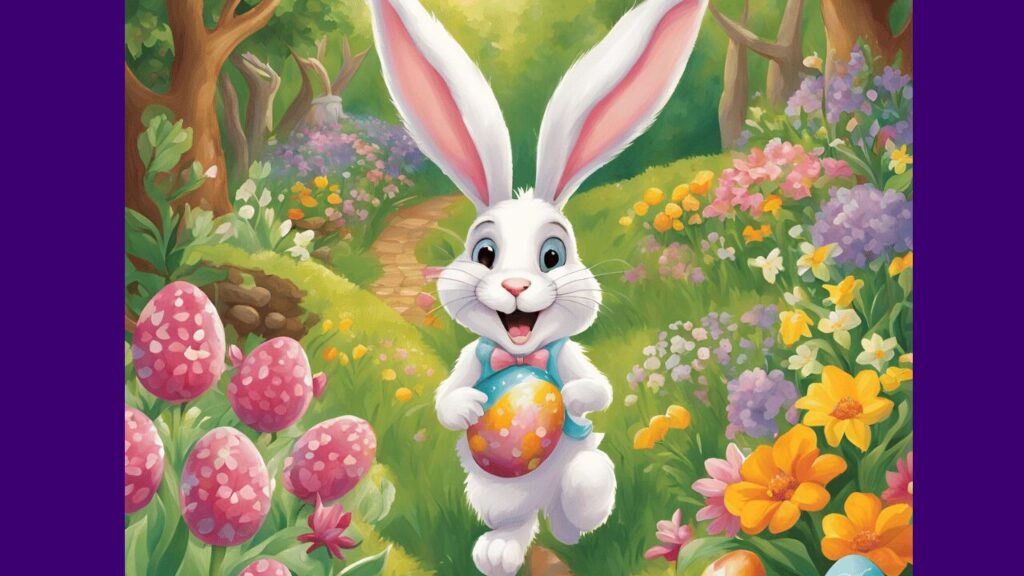The Easter Bunny will arrive on Easter Sunday, April 20, 2025, delivering joy, candy, and colorful eggs to children around the world. This beloved tradition brings excitement to Easter morning, with many children waking up to find baskets full of treats and participating in Easter egg hunts. Below, we explore the history of the Easter Bunny, the meaning behind its traditions, and how families prepare for the Bunny’s arrival.
What Time Does the Easter Bunny Arrive?

Just like Santa Claus, the Easter Bunny visits while children are asleep, usually on the night of April 19th or the early morning of April 20th. Families leave out baskets for the Bunny to fill with chocolates, toys, and brightly decorated eggs. Many also prepare for an egg hunt, where the Bunny “hides” eggs for children to find the next morning. Although the exact time remains a mystery, the goal is to create surprise and excitement. The Easter 2025 date is April 20 and Easter Bunny 2025 is on April 19.
The Origin of the Easter Bunny
The Easter Bunny tradition can be traced back to 17th-century German folklore. Known as the “Osterhase” or Easter Hare, the Bunny played the role of a judge, determining whether children were well-behaved and deserving of gifts. Much like Santa Claus’s “naughty or nice” list, the Bunny rewarded good children with eggs, while naughty children were left without treats. Eggs, which symbolize new life and rebirth, have deep roots in both pagan spring rituals and Christian Easter traditions.
German immigrants later brought the concept of the Easter Bunny to the United States in the 18th century. In the Pennsylvania Dutch communities, children made nests in their bonnets or caps for the Bunny to leave eggs. Over time, this custom evolved into the modern-day practice of Easter egg hunts and the giving of chocolate eggs.
The Symbolism of Easter Eggs
In Christianity, Easter eggs represent the empty tomb of Jesus, symbolizing his resurrection. Historically, eggs were forbidden during Lent, so people celebrated the end of the fasting period with decorated eggs on Easter Sunday. In Eastern Orthodox traditions, eggs are often dyed red to represent the blood of Christ. Other cultures, like the Ukrainians, have developed intricate egg decoration methods, such as pysanky, creating beautifully symbolic artwork on eggs.
How Families Prepare for the Easter Bunny
Families prepare for the Easter Bunny’s arrival by decorating eggs, planning egg hunts, and setting out baskets to be filled. Here are a few ways to make the occasion even more fun:
- Decorate eggs: Use food coloring, stickers, or natural dyes to create beautiful Easter eggs.
- Organize an egg hunt: Hide eggs around the house or garden for children to find on Easter morning.
- Set up Easter baskets: Include chocolates, toys, and candy to delight kids when they wake up.
Celebrate Easter with Fun and Tradition

Easter is not only a time for celebrating new beginnings and spring renewal, but it also offers a chance for families to create cherished memories. Whether through egg hunts, baking Easter treats, or attending church services, Easter brings people together in joy and reflection. Be sure to have your basket ready on the night of April 19th, 2025, so the Easter Bunny can visit your home while you sleep!
This year, enjoy the fun and magic of the Easter Bunny’s visit, and celebrate the arrival of Easter with love, laughter, and delicious treats.
